I am a total luddite. So when �����ԹϺ��� proposed I test the latest artificial-intelligence travel-planning tools, I groaned. When it comes to researching trips, my MO remains steadfastly old-school. I still read books to learn the history of a destination and look to recent magazine and website articles for restaurant and hotel suggestions. I scan local news sites to get a pulse on upcoming events. Mostly, I rely on word-of-mouth recommendations from friends and colleagues in the travel industry.
But around 70 percent of Americans are using AI for travel planning, according to a conducted by the Harris Poll on behalf of the personal-finance app Moneylion. That stat convinced me it was time to give AI a try myself. Wouldn’t it be awesome if it could save me hours of research? What if a quick “conversation” with a chatbot could deliver intel on par with what I get from real people and my reporting? I decided to give it a go with an open mind.
My AI Trip-Planning Test
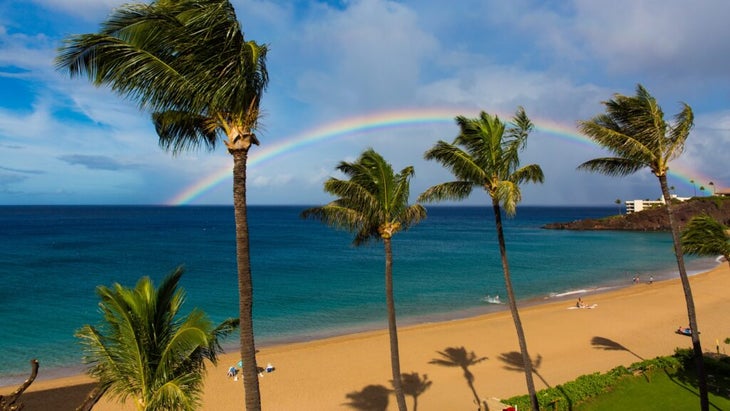
Maui is my part-time home, and because I know it so well, I chose it as the logical destination for this experiment. I honed in on the island’s west side, curious to see if AI would direct travelers to the island’s main tourism hub, the town of Lahaina, which is still recovering from the decimating wildfires of August 2023. I haven’t visited this area since then, and while some parts of Lahaina remain closed to the public, several restaurants and businesses have reopened, and the tourism board has encouraged visitors to respectfully return.
I tested four free AI tools in mid-August. All were incredibly easy to use, even for a tech-phobe like myself. For most, I simply typed in my vacation wish list: I wanted to take an adventurous weeklong solo trip to west Maui in October, and I wanted to experience ocean sports, cultural activities, great food, and fun hikes. In seconds I was usually presented with a thorough itinerary. I could continue to ask more refined questions (like intel on the best food trucks) to fine-tune the details.
Some AI tools, however, started by asking me a handful of quiz-like questions, which is helpful if you need a bit of travel inspiration. The more specific ones queried where exactly I wanted to travel, approximate dates, with whom, my budget, my interests (the beach, nightlife, shopping) and my travel style (i.e., On a sliding scale between adrenaline rush and peace and quiet, what is your ideal vacation?). The nitty-gritty questions resulted in a more robust itinerary.
Results for these AI trip-planning tools ranged from the comically wrong to the simply outdated. None completely nailed the trip planning. All included what AI users call hallucinations—false facts that this technology makes up when it doesn’t have an answer. But one did seem to stand out among the rest.
Here are how the ones I tested fared.
A Ranking of the AI Trip-Planning Tools I Tested, from Worst to Best
⭐ pitched me the most hilarious hallucination. This trip-planning app provided me with four prompts: Inspire me where to go, find cheap flights, show me amazing hotels, and build me an itinerary. I chose the latter for west Maui, and it generated a chummy reply: “Ah, Hawaii! Aloha vibes all the way.” It then spit out a seven-day itinerary for the entire Caribbean. Day one, for example, suggested I visit the Blue Hole, in Belize. That same afternoon, the itinerary had me sunning on Seven Mile Beach, in the Cayman Islands. When I reached out about my experience, a spokesperson replied that current models are prone to hallucinations.
⭐⭐�� asked me several questions up front, in an effort to account for my preferences, but the process never allowed me to specify that I wanted to focus my trip on the west side of Maui. Instead, the tool generated a generic, island-wide itinerary, peppered with Maui’s biggest tourist attractions, such as Haleakala National Park and Wailea Beach. Both are beautiful places, but enjoying them means knowing when to go to avoid the crowds. Day one was entirely devoted to Lahaina, with no mention of the fires. The suggested accommodations were nearly an hour’s drive from the sites the bot wanted me to visit. And when I clicked on specific recommendations, like Lahaina Harbor, I was booted to Viator, an online marketplace for tours and activities, where I was given a selection of island-wide tours to book.
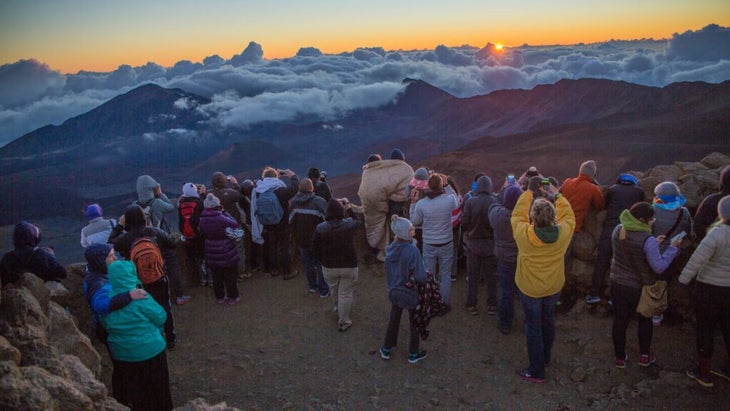
⭐⭐⭐ has a dynamic interface that allows users to cross-check suggestions with maps and reviews. I appreciated that. You can view the suggested plan as a printable itinerary or in calendar mode; plus, everything is shareable.
It prompted me with a straightforward: “Where to today?” At first I typed in that I’d like to take a weeklong vacation in Maui, and within seconds I was given a list of attractions, activities, hotels, and restaurants—including the shuttered Lahaina Grill. I mentally docked it a point for that. When I refined my ask to the west side of Maui, I was told: “Unfortunately, due to the heavy damage from the fire in 2023, there are currently no tourist services operating in Lahaina,” which isn’t true. The Royal Lahaina resort is open, as are a handful of businesses, such as Maui Ku’ia Estate Chocolate.
Company spokesperson Michelle Denogean admitted that this particular aspect needed updating. She said that recommendations Mindtrip users receive are informed by a combination of ChatGPT and the company’s proprietary knowledge base, which contains over 6.5 million frequently updated places. “We are continuously adding new ones, updating important information like opening hours, and flagging ones that are permanently or temporarily closed,” Denogean said.
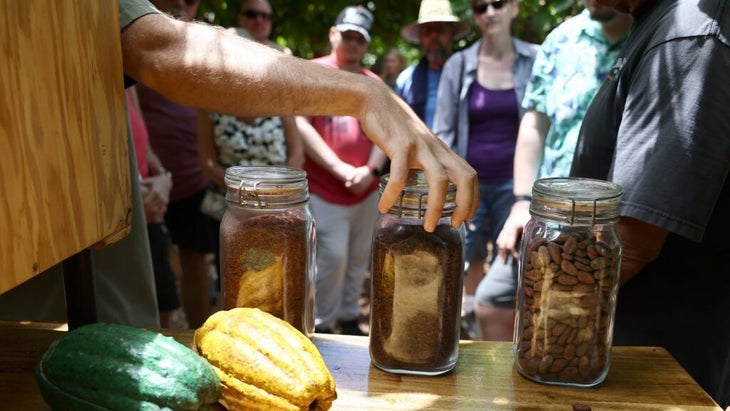
⭐⭐⭐⭐��, a chatbot from the media brand Matador Network, is available via Facebook, Instagram, and WhatsApp and has over one million users. It was my favorite. I liked the ease of messaging and that I could ask for more details or tweaks to its initial itinerary. The tool cross-checks its suggestions with content from Matador’s 130,000-plus online articles.
Matador founder Ross Borden told me over a phone call that when the platform launched in spring 2023, it was accurate about 85 percent of the time, meaning the AI would get confused or provide inaccurate information approximately one out of six conversations. GuideGeek has since drastically reduced the occurrence of hallucinations and now boasts 98 percent accuracy. Vigorous human intervention is key to minimizing hallucinations, he told me, and more staff have been hired to follow this issue. The technology has also relied on users flagging misinformation; errors are logged and then addressed before regular updates, he said.
Like other AI tools, GuideGeek produced a broad itinerary of Maui’s greatest hits, including the snorkel spot Turtle Town and the Road to Hana. However, I found that many of its suggestions, particularly tour operators, were spot-on, and I was impressed to see it mentioned newer offerings, like the Mangolani Inn, a recently renovated hotel in the North Shore town of Paia. It also provided booking links to hotels and offered useful tips like, “Heads up bring cash as there isn’t an ATM in this area.”
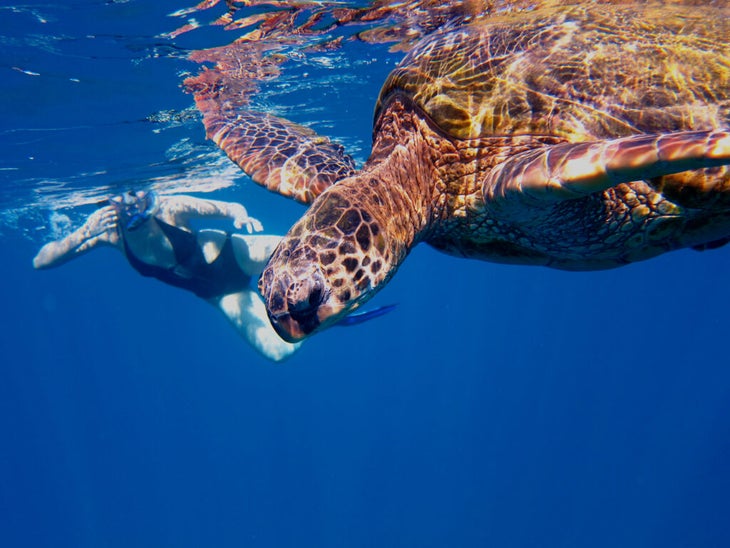
But when it came to Lahaina, its information wasn’t up-to-date. I queried GuideGeek about cultural activities on the island’s west side, and its two recommendations—the Baldwin Home Museum and Lahaina Heritage Museum—had both burned to the ground in the fires.
When I told Borden about this outdated information, he said it comes down to fielding enough input to create updates. The company receives regular feedback from users, as well as 20 or so tourism boards or destination management companies that pay Matador to create custom versions of GuideGeek’s AI tool.
I shared my suggested GuideGeek itinerary with Lei-Ann Field, a member of the Hawaii Visitors and Convention Bureau, which does not partner with GuideGeek. “Overall the itinerary is pretty good, but there are other nuances that are missing, like considering guided tours for the Road to Hana and necessary online reservations for Haleakala sunrise,” she said.
Will I Be Using AI Going Forward?
My takeaways: I was impressed by how seamless and fast these AI tools were. And it’s key to remember that the more specific questions you ask, the better the responses will be. Most are a good starting point, offering an overview of a destination, and they create a loose plan way faster than I could have using my traditional methods. That plan is a good enough outline to modify and build upon with further research.
My issues: Every AI tool suggested the same attractions in Maui, which contributes to overtourism. The personal touch is noticeably missing; for example, I’d tell a friend who wanted to visit Maui to opt for lunch instead of dinner at Mama’s Fish House, a North Shore spot where it’s nearly impossible to score reservations; to skip the downhill mountain-bike sunrise Haleakala experience (a recipe for injury); to stay overnight in Hana if you really want to make the most of that drive; and to make a point of engaging with locals and being aware of cultural and environmental sensitivities.
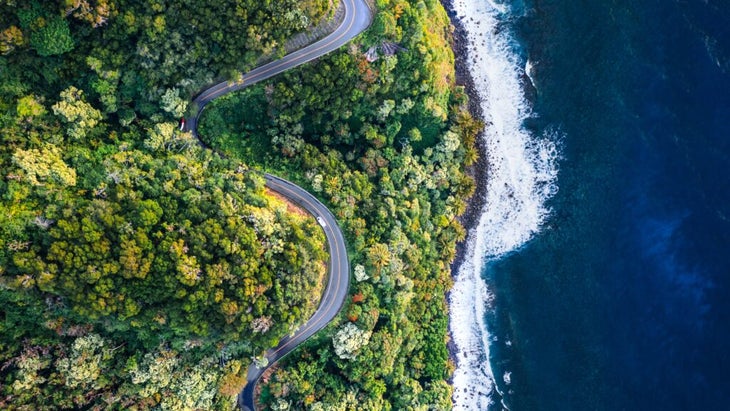
I asked Jack Ezon, founder of the travel agency Embark Beyond, if he thought AI would ever be able to deliver the accuracy of a human travel agent. “Even in its infancy, in just a few seconds AI is able to create itineraries that are about 80 percent of what a true expert can create,” he said. “Soon it will be able to suggest the right place for someone to stay and the best experiences they can consider.”
That said, he doesn’t believe there will ever be an equivalent to best the advice of travel agents or friends. He sees AI as a tool agents will use to deliver even more customized advice for clients, though. To wit, Embark Beyond recently launched an AI-powered “clienteling” tool for advisers that examines all experiences, cultural events, and promotions in the marketplace and then suggests clients that would likely be interested and why.
WIll I be using AI to plan future trips? If I’m heading to a popular place like Paris or London or even Moab, Utah, for the first time and don’t want to miss the star attractions, it’d be a something I’d look to initially. But I like to get off the beaten path when I travel, and I’m not convinced AI would get me to that less-trafficked trail or mom-and-pop breakfast spot that’s only advertised via locals in the know. For now, I’ll remain a luddite and stick to good old word-of-mouth travel planning.

Jen Murphy is �����ԹϺ��� Online’s travel advice columnist. She prefers to be off her devices when she adventures and believes a town’s local bartender often has the best recommendations for restaurants.


